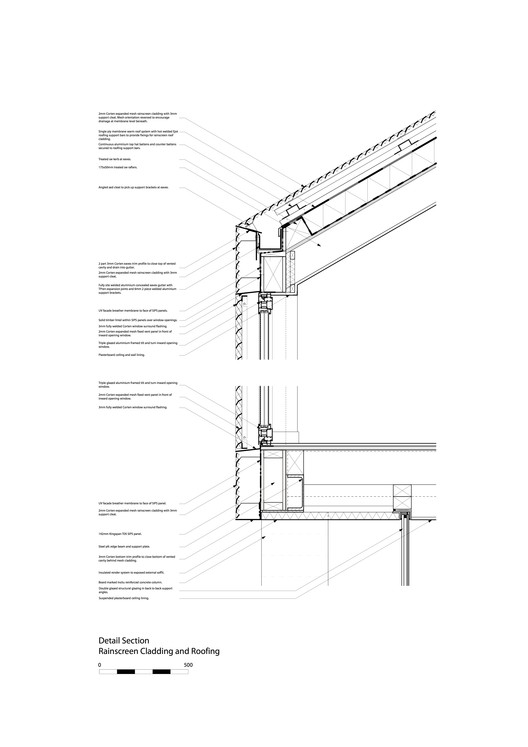
-
Architects: Sandy Rendel Architects
- Area: 257 m²
- Year: 2015
-
Photographs:Richard Chivers, Leigh Simpson
-
Manufacturers: Kingspan Insulated Panels, Allgood, Amina Technologies, Authentic Stone, Ben the Blacksmith, C.P. Hart, Coexistence, Ground Floor Structural Glazing, ICS Industrial Roofing and Cladding, IQ Glass, Integrity Soft Furnishings, J F Stoneworks, Janatti Marble, Laguna Rugs, Lambs Bricks, Luxal, Membrane Roofing, Renolit, Stamco, The London Upholstery House, +4
-
Planning Consultant: ECE Planning, Chris Barker

Text description provided by the architects. Sandy Rendel Architects has completed 142 South Street, a new house within the scenic South Downs National Park on the banks of the River Ouse in Lewes, East Sussex.






















